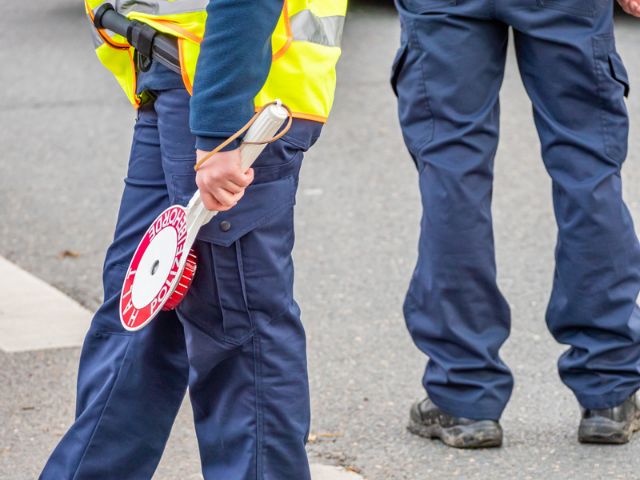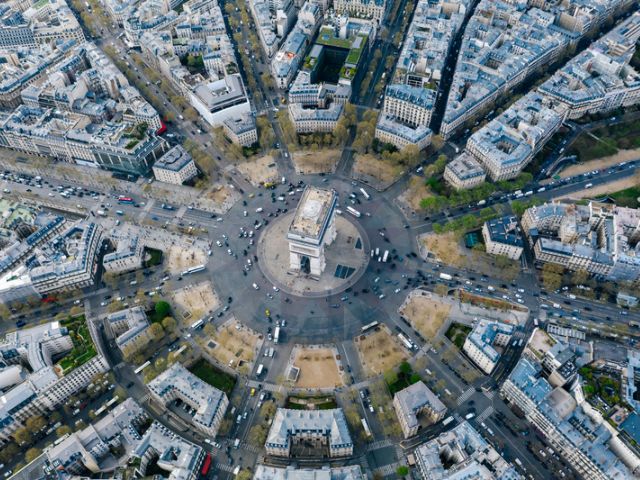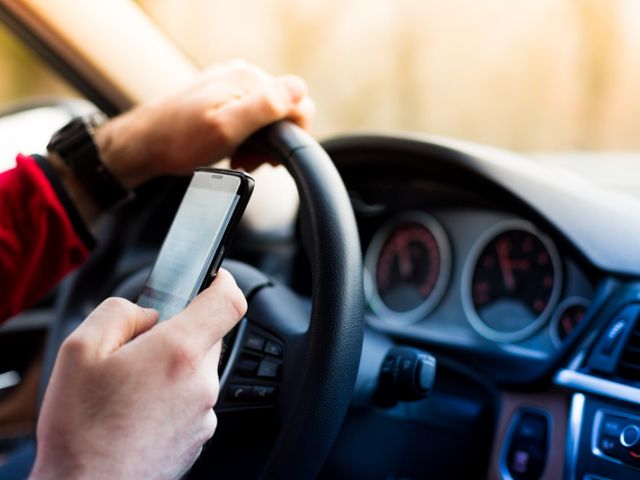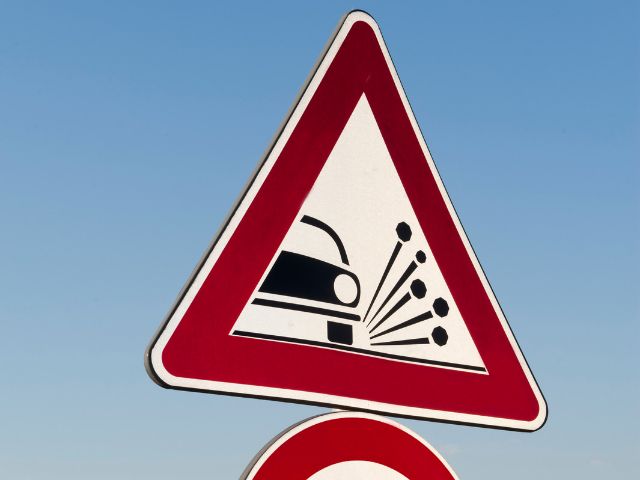Every country has its own driving rules and regulations that dictate how motorists should navigate the roadways. From speed limits to right-of-way protocol, these rules are a big part of road culture and ensure the safety and efficiency of these transportation networks worldwide.
In our global guide to road etiquette, we will embark on a journey across the different continents to explore the very diverse driving rules practiced in other countries. We will even throw some weird laws in there to really shake things up.
So, if you are planning a trip abroad, are relocating, or are just curious about how driving customs differ globally, we will equip you with the knowledge needed to navigate these unfamiliar roadways more confidently while gaining a new respect for other driving cultures.
Fasten your seatbelts! We are off on this enlightening expedition.
👈👉 Left and Right Side of the Road Driving
We are all very familiar with the way we drive in the US (on the right side of the road, of course), but this isn’t the norm in other countries. Knowing which side of the road to drive on in any given country is one of the most fundamental aspects that differ.
The orderly traffic flow in the United States, Canada, and Germany relies on right-side driving. However, the United Kingdom, Australia, and Japan practice the art of left-side driving.
United Kingdom: This is one of the more common examples of left-side driving. It actually dates back to medieval times when jousting knights would pass each other on the left. This ensures the swords they carried on their right sides wouldn’t collide. Left-hand driving remains a strong tradition in the UK, including England, Scotland, Wales, and Northern Ireland.
Australia and New Zealand: These countries also participate in left-side driving. This is due to their historical ties with the British Empire. It was introduced when these areas were colonized.
Japan: The left-side driving tradition in Japan also comes down to history. Japan adopted a lot of Western practices, including left-hand driving, during the time they began modernizing.
India and South Africa: The root of left-hand driving in India and South Africa can also be traced back to the British colonial era and British influence.

🛑 Yielding and Stopping
Yielding and stopping are another two driving habits that may vary globally. For example, drivers in the United Kingdom typically give the right of way to vehicles approaching the right at roundabouts. At junctions, drivers yield to the vehicles traveling on the main road.
Drivers in Germany also yield to those on the right of them unless it is indicated differently. However, if a police officer is present and regulating traffic then you must follow their directions.
Generally, you will find that the right of way is given to the driver on the right, as you can see from the United Kingdom and Germany. It is the same practice in France, Australia, Japan, and Italy. These are just general guidelines, however.
🚦 Lane Change and Signaling
Lange change and signaling laws also vary between countries. It is important to familiarize yourself with them to ensure safe and legal driving practices. Here’s a quick glimpse into what you can expect globally.
United Kingdom: Turn signals must be used when changing lanes or turning. However, on a highway, they often use what is known as the mirror-signal maneuver approach. They start by checking their mirrors, signal and then change lanes without waiting for explicit permission from the other drivers.
Germany: Signaling is absolutely mandatory in Germany when changing lanes or turning. However, if you are on a highway, more experienced drivers use what is called “Blinken und Losfahren.” This means they signal briefly and immediately merge into the desired lane, assuming the coast is clear.
Australia: Similar to the US, Australia requires its drivers to use turn signals when turning or changing lanes. You need to signal in advance and give the other drivers sufficient warning.

🔄 Roundabouts
We briefly touched on roundabouts when discussing yielding and right-of-way etiquette in other countries. Most of the laws follow the same principles when yielding to traffic.
Roundabouts are pretty common in the United Kingdom and other countries worldwide. The traffic already in the roundabout has the right of way. If it is a bigger roundabout with multiple lanes, the driver should always choose the appropriate lane based on where they intend to exit.
These rules also apply to drivers in Australia, France, and Germany. You should also be sure to use your turn signals when entering or exiting any roundabout for more efficient traffic flow.
🚥 Turning Rules
We were taught in the US that right turns on red are generally permitted unless a sign tells us not to. The same applies in other countries where their laws are similar and pretty straightforward. In the United Kingdom, for example, drivers are more cautious. They yield to oncoming traffic while waiting in a lane dedicated to turn.
In Germany and France, turning right on red is generally not permitted unless there is a separate green arrow signal.
Right turns on red are okay in Japan after the vehicle has come to a complete stop and ensure it is safe to proceed. Vehicles must yield to oncoming traffic or follow a dedicated left-turn signal when turning left.
🔊Honking
Honking laws are implemented globally to maintain order and minimize noise pollution. In most countries, honking is discouraged, especially in urban or residential areas.
Honking in the United Kingdom is discouraged between 11:30 pm and 7:00 am, and honking in Japan is seen as impolite and strongly discouraged at all times, except in times of emergency.

📴Device Use
Other countries have laws and limitations on device use when driving to promote safe driving practices and reduce distractions.
It is illegal in most countries to use a handheld device when driving. You cannot make calls, text, or browse the internet. You can only use hands-free devices as long as they do not cause a distraction. This rule applies in the United Kingdom, Australia, Germany, France, and Japan.
However, some countries, like France, strictly prohibit their use.
🍻 Alcohol/Drugs
The set BAC limit for drivers varies for different countries. In the US and the United Kingdom, the limit is 0.08%. Australia, Germany, and France have set their limits at 0.05%, with Japan setting theirs at 0.03% for most drivers.
🚨 Speed Limit
Below are general guidelines when it comes to following the speed limit in other countries:
United Kingdom: Speeds are indicated in mph. The default speed limit on a single-carriageway road is 60 mph, and 70 mph on dual-carriageway and motorway roads. The speed limit in built-up areas ranges between 20 and 40 mph.
Australia: Their speed limits are set in kilometers. The speed limit on highways and freeways ranges between 100-130 km/h and 40-60 km/h in built-up areas.

⚠ Some Strange Laws to Be Aware of
Now that we have covered the usuals, let’s look at some of the stranger laws as cited by Wilsons Automobiles and Coachworks:
- Spain: It is mandatory to carry extra prescription glasses in the car if you have to wear glasses while driving. Not doing so results in a fine.
- Thailand: It is illegal to drive without a shirt on in Thailand. This applies to passengers and drivers and is enforced to maintain cultural decorum.
- Cyprus: It is illegal to eat or drink while driving. You can face fines or penalties.
- Sweden: You must always have your headlights on, even during daylight hours.
- Japan: Splashing a pedestrian with water while driving through a puddle is illegal.
- South Africa: You must always have a reflective triangle in your vehicle. It should be placed on the road behind your vehicle in the event of an emergency or breakdown.
And there you have it. These are some of the more common laws in other countries, including some stranger and more surprising ones. While many of them don’t vary too far from the laws in the United States, you still need to read up on local laws for where you are visiting; otherwise, you risk breaking the law and disregarding driver etiquette without even knowing.
Are you an international traveler looking for more helpful tools and advice? Here are some additional articles you may like.
